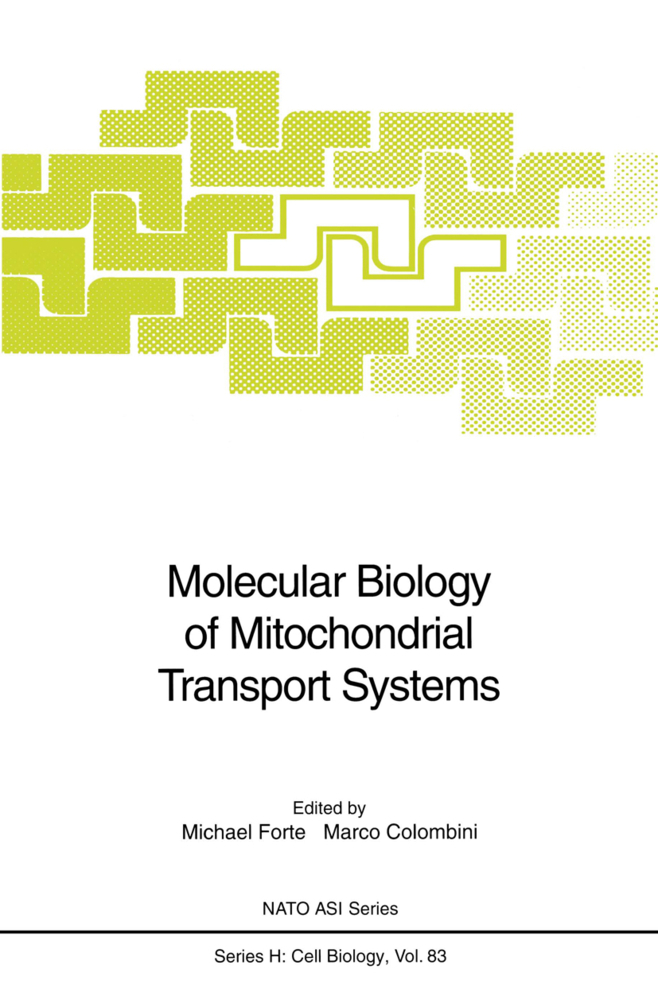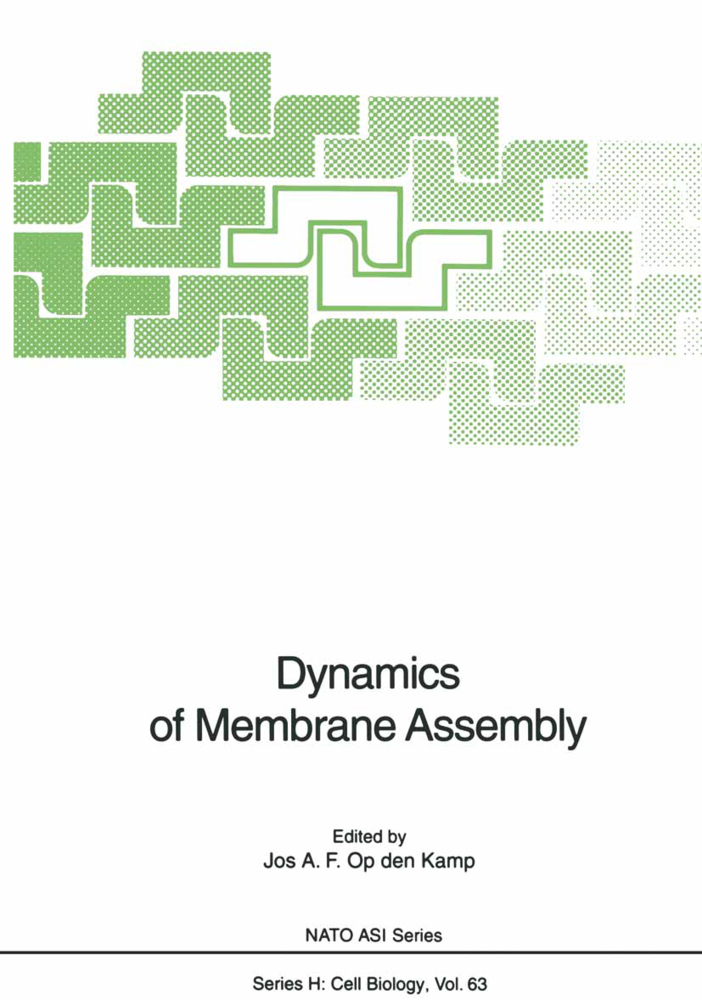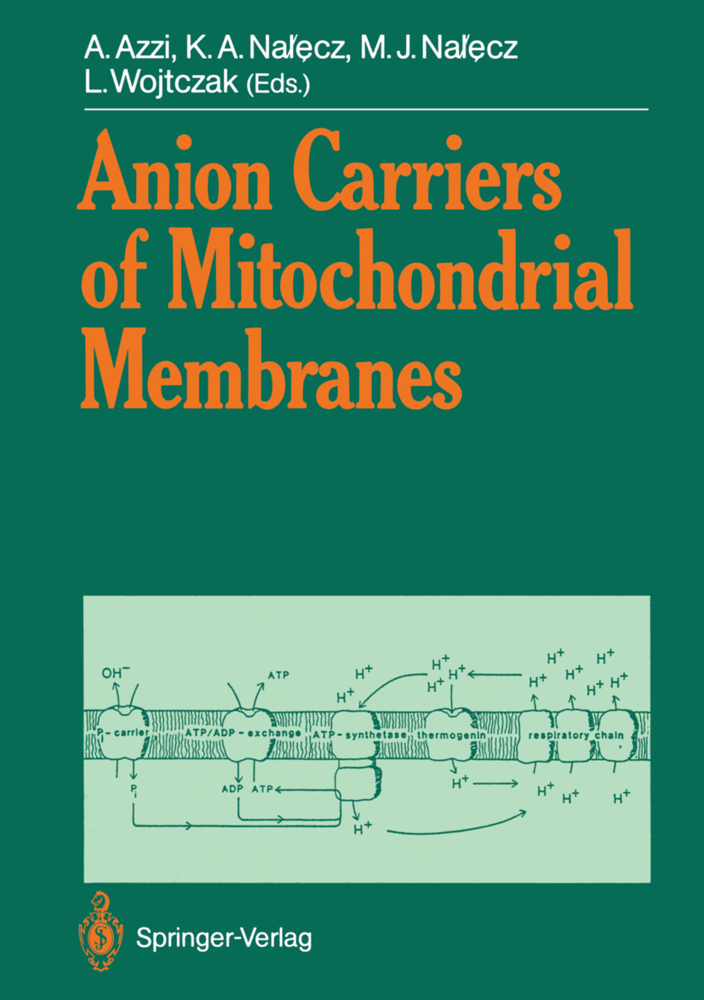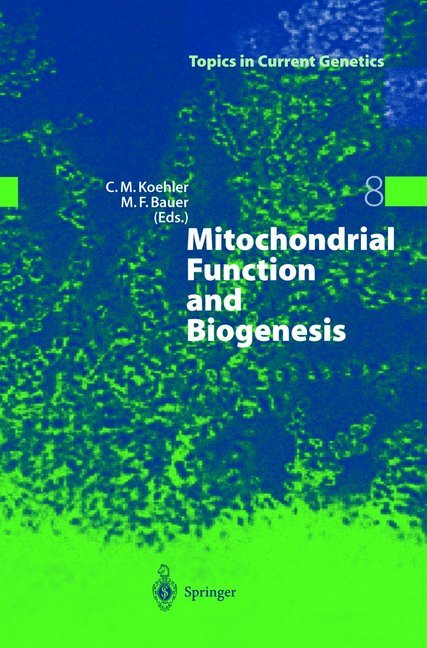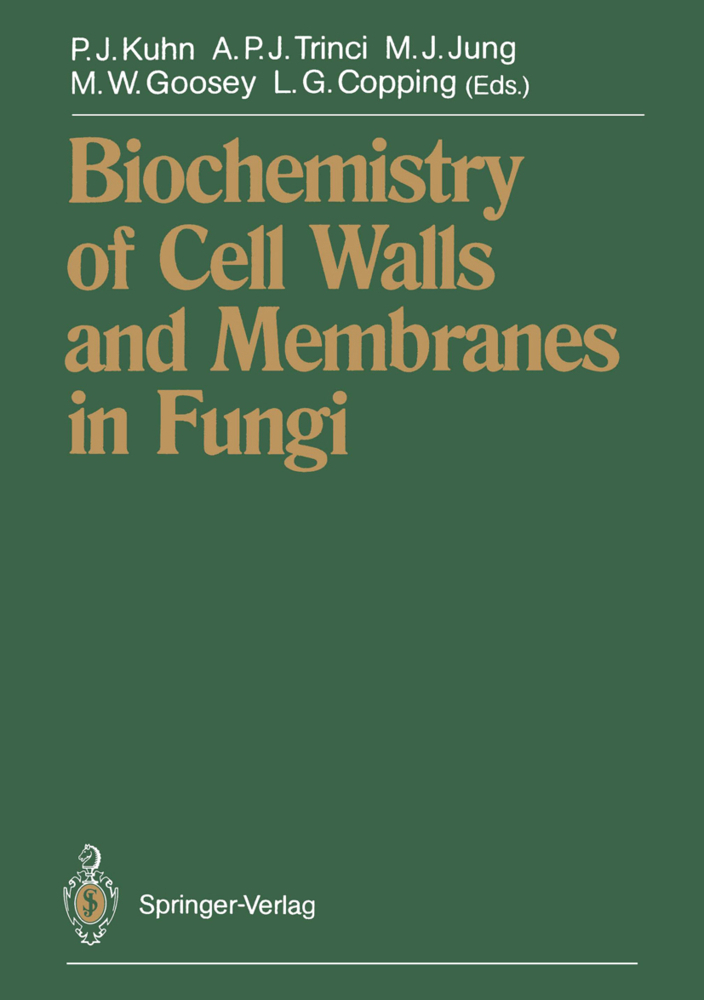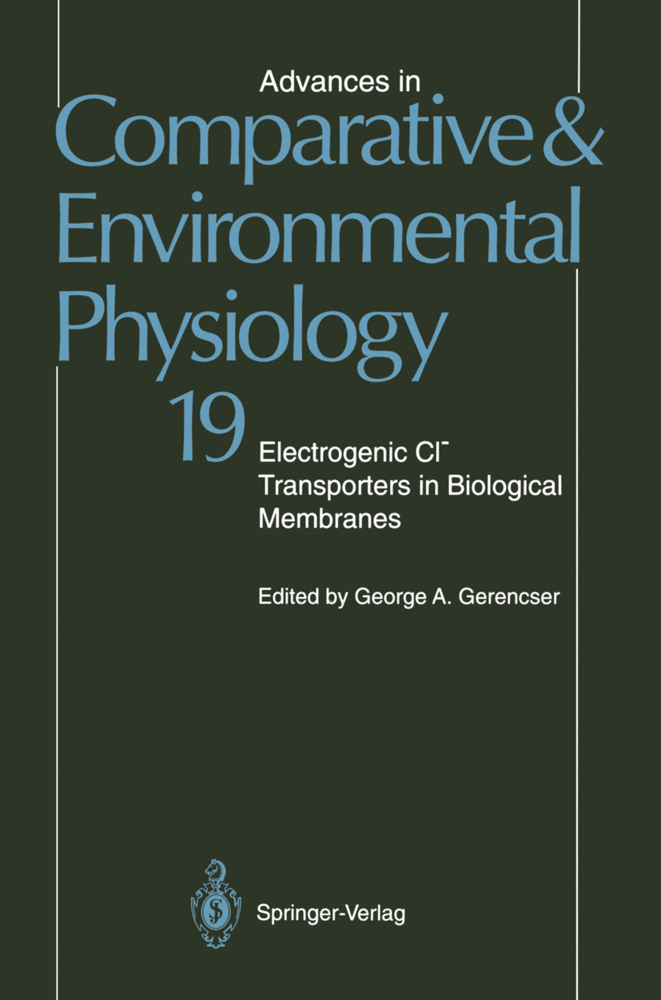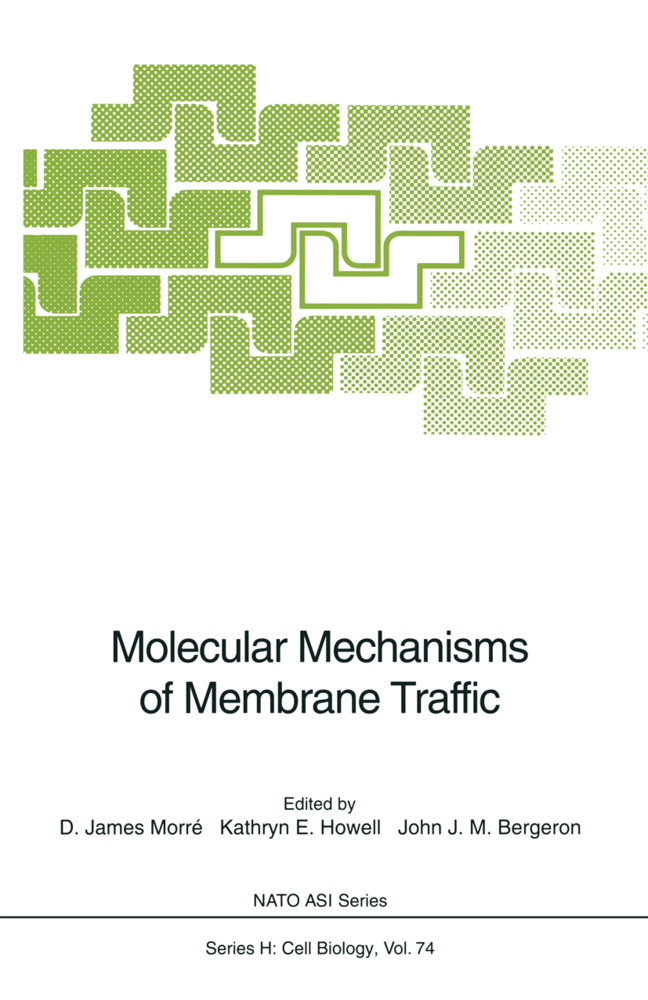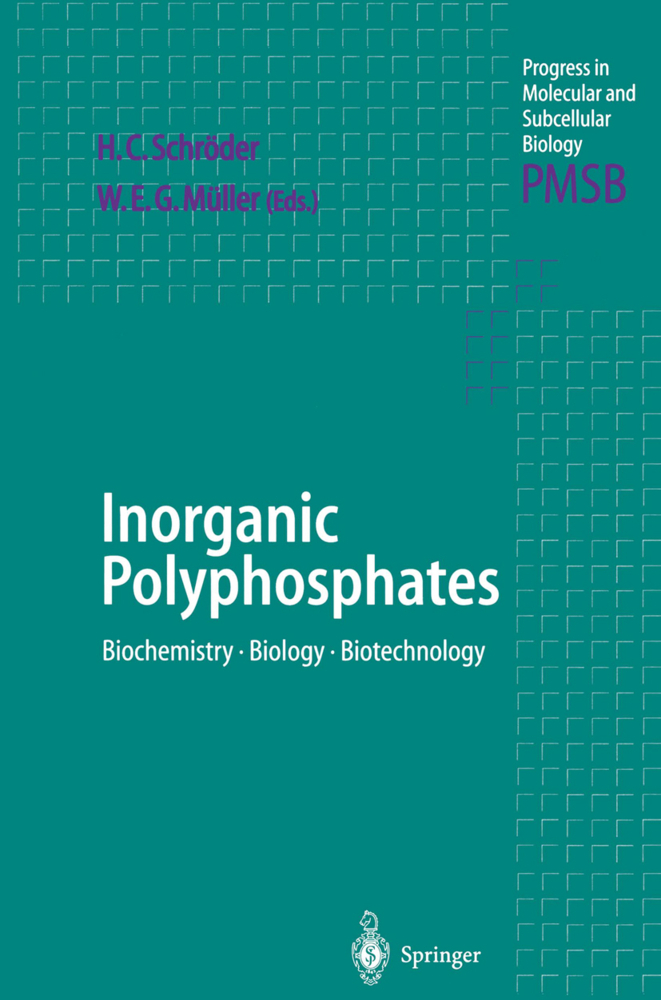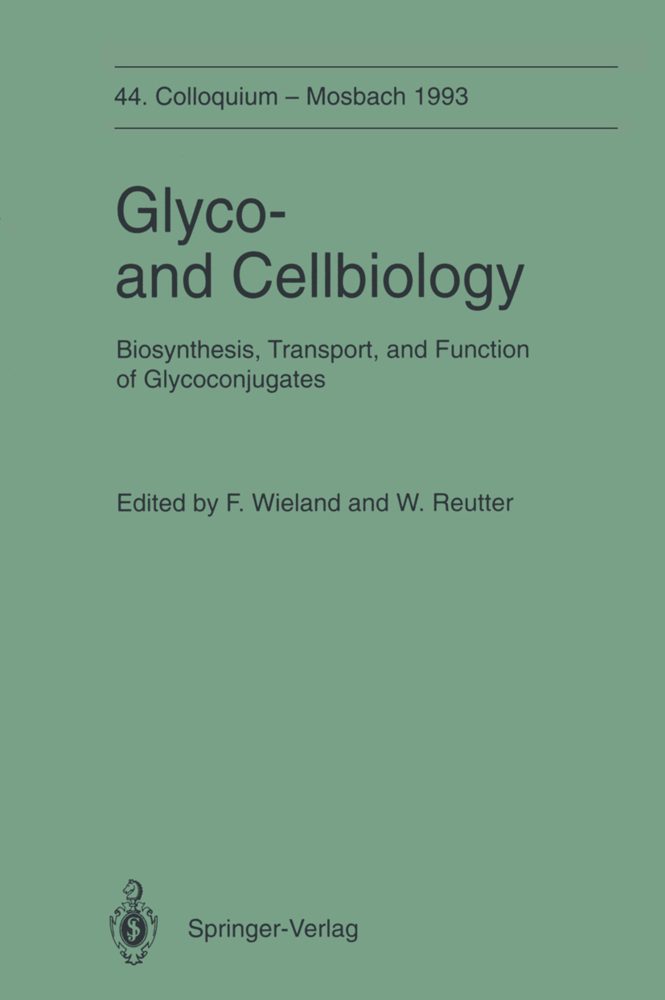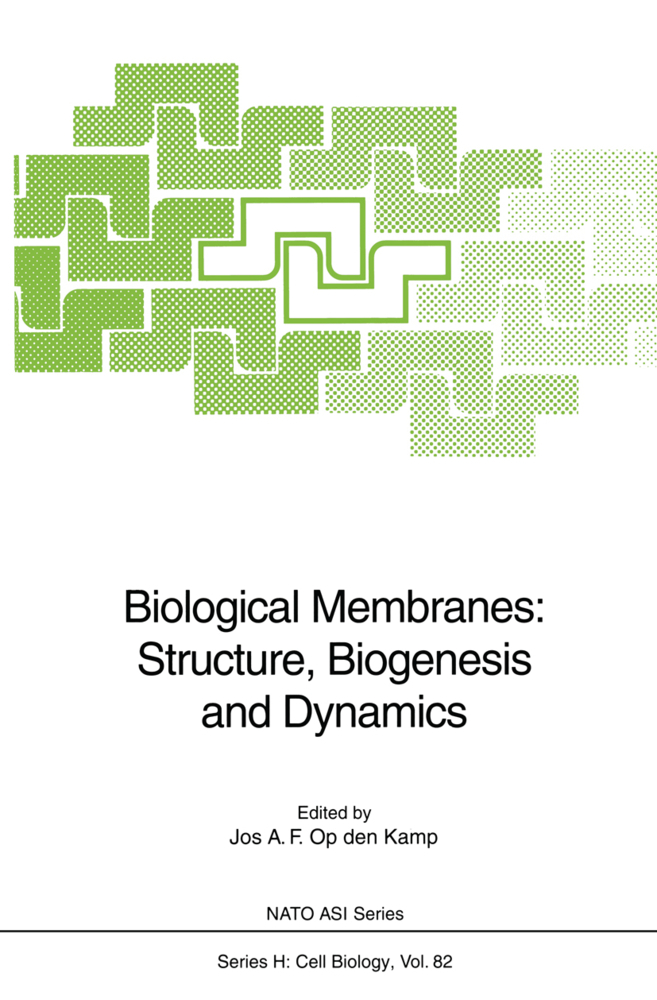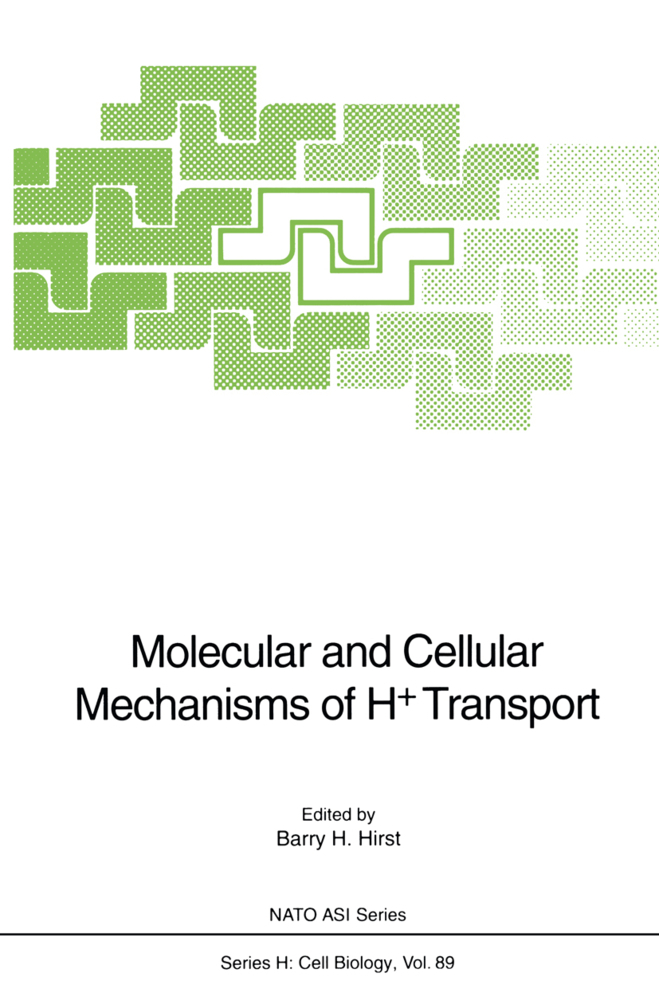Molecular Biology of Mitochondrial Transport Systems
Molecular Biology of Mitochondrial Transport Systems
Mitochondrial transport systems are essential to mitochondrial function and therefore to energy homeostasis within the cell.
The book contains studies utilizing the techniques of biochemistry, physiology, molecular biology and genetics to reveal the structure and function of mitochondrial transport systems.
It is divided into the following six sections:
- Proton Translocation: The Uncoupling Protein and the ATPase; - Carriers and Transporters; - Mitochondrial Ion Channels; Structure of the Outer Mitochondrial Membrane Channel, VDAC; - VDAC, Peripheral Kinases and Energy Utilization; - Mitochondrial Channels in Humans and Relationship to Disease.
Structure-Function Relationship in the Uncoupling Protein of Brown Adipose Tissue
The Gating and Coupling Function of Mitochondrial H+ ATP Synthase. Role of Fo and F1 Subunits
Carriers and Transporters
Extension of the Mitochondrial Transporter Family
The Tricarboxylate Carrier
The Mitochondrial Pyruvate Carrier: The Mechanism of Substrate Binding
Membrane Topology of the ADP/ATP Carrier from Mitochondria
The Use of Ligand Binding Techniques to Identify Transport Proteins: The Characterization of the [125I]-Iodophenylarsine Oxide Receptor in Rat Mitochondrial Membranes
Channel Properties of Mitochondrial Carriers
Mitochondrial ion Channels
A Minimal Kinetic Model of the Activity of the 107 pS Channel of the Inner Membrane of Mitochondria
A Channel Model to Explain Regulation of the Mitochondrial Inner Membrane Anion Channel (IMAC)
The Mitochondrial Permeabilization Pore
Mitochondrial Channels: An Integrated View
Purification and Patch Clamp Analysis of Two Mitochondrial Channels
The Mitochondrial Outer Membrane Contains at Least Two Distinct Channels
ATP-Sensitive K+ Channel in Rat Liver Mitochondria: Functional Characteristics
Structure of the Outer Mitochondrial Membrane Channel, VDAC
Probing for the Voltage Sensor in a Mitochondrial Channel, VDAC, Using Site-Directed Mutagenesis
Insights into the Structure of the Mitochondrial Channel, VDAC, Provided by Electron Microscopy
Experimental Supports to a Sixteen-Strands Model of Transmembrane Arrangement of Mitochondrial Porin and Preliminary Results Concerning a Multigene Family in Drosophila melanogaster Related to Human Mitochondrial Porin
VDAC, Peripheral K1Nases and Energy Utilization
Structure and Function of the VDAC Ion Channel
The Function of the Mitochondrial Outer Membrane Pore in the Regulation of Peripheral Kinases and Energy Metabolism
Coordinated Regulation of Cerebral Glycolytic and Oxidative Metabolism Mediated by Mitochondrially Bound Hexokinase
Influence of Macromolecules on the Permeability of Porin Pores and Dynamic Compartmentation of Adenine Nucleotides in the Mitochondrial Intermembrane Space
Restrictions of Metabolite Permeation through the Outer Mitochondrial Membrane of Porin-Deficient Yeast Mutant
Mitochondrial Channels in Humans and Relationship to Disease
Role of Porin-Kinase Interactions in Disease
Genes Encoding Human VDAC Proteins: Identification of Multiple Isoforms, Expression in Yeast and Chromosomal Localization
"Porin 31HL" in the Plasmalemma of Human Cells: A VDAC Discussed as Part of a Chloride Channel Complex in Normal and Cystic Fibrosis B-Lymphocyte Cell Lines.
The book contains studies utilizing the techniques of biochemistry, physiology, molecular biology and genetics to reveal the structure and function of mitochondrial transport systems.
It is divided into the following six sections:
- Proton Translocation: The Uncoupling Protein and the ATPase; - Carriers and Transporters; - Mitochondrial Ion Channels; Structure of the Outer Mitochondrial Membrane Channel, VDAC; - VDAC, Peripheral Kinases and Energy Utilization; - Mitochondrial Channels in Humans and Relationship to Disease.
Proton Translocation: The Uncoupling Protein and the Atpase
Molecular Studies of the Mitochondrial Uncoupling ProteinStructure-Function Relationship in the Uncoupling Protein of Brown Adipose Tissue
The Gating and Coupling Function of Mitochondrial H+ ATP Synthase. Role of Fo and F1 Subunits
Carriers and Transporters
Extension of the Mitochondrial Transporter Family
The Tricarboxylate Carrier
The Mitochondrial Pyruvate Carrier: The Mechanism of Substrate Binding
Membrane Topology of the ADP/ATP Carrier from Mitochondria
The Use of Ligand Binding Techniques to Identify Transport Proteins: The Characterization of the [125I]-Iodophenylarsine Oxide Receptor in Rat Mitochondrial Membranes
Channel Properties of Mitochondrial Carriers
Mitochondrial ion Channels
A Minimal Kinetic Model of the Activity of the 107 pS Channel of the Inner Membrane of Mitochondria
A Channel Model to Explain Regulation of the Mitochondrial Inner Membrane Anion Channel (IMAC)
The Mitochondrial Permeabilization Pore
Mitochondrial Channels: An Integrated View
Purification and Patch Clamp Analysis of Two Mitochondrial Channels
The Mitochondrial Outer Membrane Contains at Least Two Distinct Channels
ATP-Sensitive K+ Channel in Rat Liver Mitochondria: Functional Characteristics
Structure of the Outer Mitochondrial Membrane Channel, VDAC
Probing for the Voltage Sensor in a Mitochondrial Channel, VDAC, Using Site-Directed Mutagenesis
Insights into the Structure of the Mitochondrial Channel, VDAC, Provided by Electron Microscopy
Experimental Supports to a Sixteen-Strands Model of Transmembrane Arrangement of Mitochondrial Porin and Preliminary Results Concerning a Multigene Family in Drosophila melanogaster Related to Human Mitochondrial Porin
VDAC, Peripheral K1Nases and Energy Utilization
Structure and Function of the VDAC Ion Channel
The Function of the Mitochondrial Outer Membrane Pore in the Regulation of Peripheral Kinases and Energy Metabolism
Coordinated Regulation of Cerebral Glycolytic and Oxidative Metabolism Mediated by Mitochondrially Bound Hexokinase
Influence of Macromolecules on the Permeability of Porin Pores and Dynamic Compartmentation of Adenine Nucleotides in the Mitochondrial Intermembrane Space
Restrictions of Metabolite Permeation through the Outer Mitochondrial Membrane of Porin-Deficient Yeast Mutant
Mitochondrial Channels in Humans and Relationship to Disease
Role of Porin-Kinase Interactions in Disease
Genes Encoding Human VDAC Proteins: Identification of Multiple Isoforms, Expression in Yeast and Chromosomal Localization
"Porin 31HL" in the Plasmalemma of Human Cells: A VDAC Discussed as Part of a Chloride Channel Complex in Normal and Cystic Fibrosis B-Lymphocyte Cell Lines.
| ISBN | 978-3-642-78938-0 |
|---|---|
| Medientyp | Buch |
| Copyrightjahr | 2011 |
| Verlag | Springer, Berlin |
| Umfang | XII, 408 Seiten |
| Sprache | Englisch |

